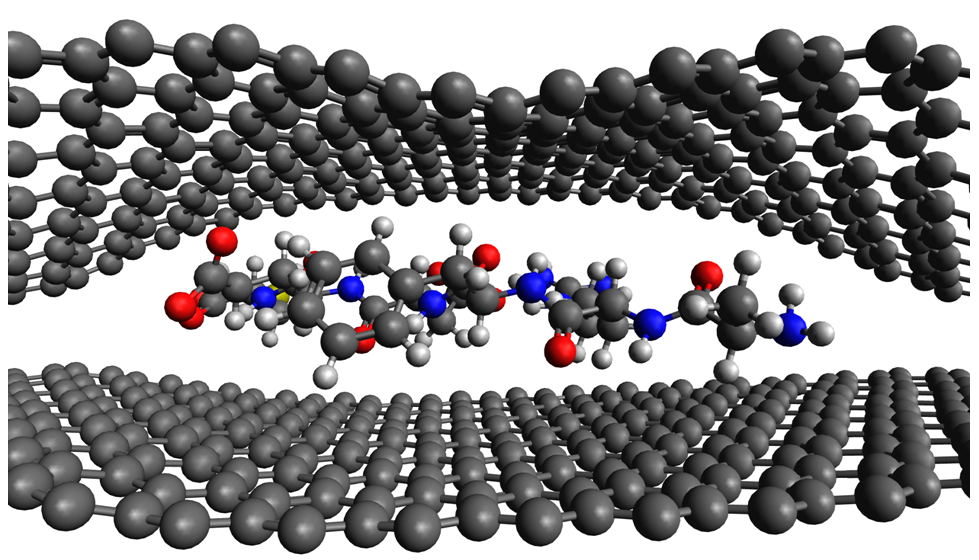Towards direct imaging of a single peptide molecule with SALVE
The project targets the ambitious aim of imaging single peptide molecules at atomic resolution using our newly-developed low-voltage TEM (SALVE).
The interaction of low-energy electrons with matter is much stronger, as a result the contrast in TEM images, is significantly higher. Following this ideas, a unique low voltage electron microscope "SALVE" was developed in the frame of the SALVE project.
At low voltages, the effect of chromatic aberration dramatically increases. In order to account for this effect, a special lens corrector was developed, correcting both defects simultaneously; the spherical and chromatic aberration. Later, a new contrast-reducing effect, the Johnson-Nyquist noise became visible in the corrector, which led to an additional redesign of the instrument. On the 28th of September 2017, the final SALVE instrument was installed at Ulm University.
Some atomic species demonstrate exceptional stability when illuminated with LV electrons. This opened now the possibility of direct atomic imaging of graphene, with so far unprecedented resolution [1]. Furthermore, sp2 carbon can act as a protective agent - so, small molecules encapsulated in carbon nanotubes could successfully be imaged at LV. However, molecules containing hydrogen are decaying faster at low voltages [2]. Yet, unexplained stays the behaviour of vitrified water at LV. Water molecules, containing a significant portion of hydrogen atoms should decompose faster at LV. Nevertheless, our experiments showed, that radiolysis of amorphous ice due to electron illumination with the formation of large spherical voids - ice bubbling, is reduced when illuminating with 20 kV electrons. Can it be that hydrogen atoms participating in a hydrogen-bond network are more stable at LV than free-standing atoms? Can hydrogen-containing molecules as amino acids be stabilized at LV in vitreous ice? Can amino acids be protected by encapsulating into graphene?
All these questions will be addressed in the present project. Herewith, the ultimate aim of the project is to systematically study the interaction of LV electrons with biologically relevant molecules as amino acids and peptides, and elaborate optimal protection conditions allowing direct imaging of peptides at atomic resolution.
[1] M. Linck et al., PRL 117 (2016), 076101
[2] T. W. Chamberlain, J. Biskupek, S. T. Skowron, P. A. Bayliss, E. Bichoutskaia, U. Kaiser, A. N. Khlobystov, Small 11 (5), 510-510
Prof. Rauschenbach, MPI Stuttgart + University of Oxford
DFG in the frame of the SFB 1279 "PepIni"

